-
 bitcoin
bitcoin $114206.058833 USD
-0.82% -
 ethereum
ethereum $4129.796871 USD
-1.31% -
 tether
tether $0.999964 USD
0.00% -
 xrp
xrp $2.640265 USD
-0.68% -
 bnb
bnb $1141.700384 USD
-0.18% -
 solana
solana $200.380665 USD
-2.05% -
 usd-coin
usd-coin $0.999888 USD
0.01% -
 dogecoin
dogecoin $0.200706 USD
-3.43% -
 tron
tron $0.299112 USD
-0.60% -
 cardano
cardano $0.668491 USD
-2.72% -
 hyperliquid
hyperliquid $46.924669 USD
-2.72% -
 chainlink
chainlink $18.286013 USD
-2.66% -
 bitcoin-cash
bitcoin-cash $555.734639 USD
-0.58% -
 stellar
stellar $0.323999 USD
-2.74% -
 ethena-usde
ethena-usde $0.999169 USD
0.00%
How to use the KDJ indicator on different timeframes?
The KDJ indicator helps crypto traders spot overbought/oversold levels and potential reversals, especially when confirmed with volume and price patterns across timeframes.
Oct 22, 2025 at 04:01 am
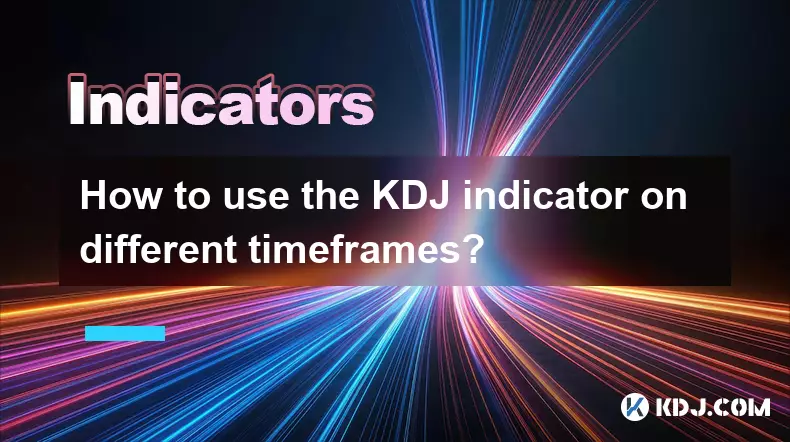
Understanding the KDJ Indicator in Cryptocurrency Trading
The KDJ indicator, a derivative of the stochastic oscillator, is widely used in cryptocurrency trading to identify overbought and oversold conditions. It consists of three lines: K (fast stochastic), D (slow stochastic), and J (divergence value). These lines help traders assess momentum and potential reversal points. Applying the KDJ across various timeframes allows for more nuanced decision-making tailored to different trading styles.
Daily Timeframe Analysis for Long-Term Trends
1. On the daily chart, the KDJ provides reliable signals for swing and position traders who hold assets for weeks or months.
- When the K line crosses above the D line below the 20 level, it often indicates a strong bullish reversal signal.
- Conversely, when the K line crosses below the D line above the 80 threshold, it may suggest an upcoming downtrend.
- The J line exceeding 100 or dropping below 0 can highlight extreme market sentiment, often preceding corrections.
- Traders should confirm these signals with volume patterns and key support/resistance levels to reduce false positives.
Hourly Charts for Intraday Momentum Signals
1. The hourly timeframe offers a balance between noise reduction and timely entries, making it ideal for active crypto traders.
- Rapid movements in the J line on this chart can indicate short-term exhaustion in price rallies or sell-offs.
- A bullish crossover occurring near oversold levels while aligning with rising trading volume increases signal validity.
- Avoid acting on isolated crossovers; instead, wait for confirmation from candlestick patterns such as bullish engulfing or hammer formations.
- Divergences between price action and the KDJ—such as price making new highs while the indicator fails to surpass prior peaks—can foreshadow trend reversals.
15-Minute and Lower Timeframes for Scalping Strategies
1. On 15-minute and 5-minute charts, the KDJ reacts quickly but generates more false signals due to market volatility.
- Scalpers use tight stop-loss orders alongside KDJ readings to capitalize on minor price swings within established ranges.
- During low-liquidity periods, especially on smaller altcoins, the indicator may give misleading overbought/oversold signals.
- Combining the KDJ with Bollinger Bands or RSI helps filter out noise and improves entry precision.
- Frequent crossovers on ultra-short timeframes require strict risk management, as whipsaws are common during consolidation phases.
Frequently Asked Questions
What does a KDJ reading above 80 indicate?A KDJ reading above 80 suggests that the asset is in overbought territory, potentially signaling a pullback or correction. However, in strong uptrends, extended overbought conditions can persist, so context matters.
Can the KDJ be used effectively in sideways markets?Yes, the KDJ performs well in ranging markets where price oscillates between defined support and resistance levels. Crossovers near the 20 and 80 thresholds tend to be more accurate in such environments.
How do you adjust KDJ settings for different timeframes?Default settings (9,3,3) work well across most scenarios. For longer timeframes like weekly charts, some traders extend the period to 14 or 18 to smooth out fluctuations. Shorter settings like (5,2,2) may suit aggressive scalping strategies.
Is the KDJ suitable for all cryptocurrencies?The KDJ works best on liquid coins with consistent trading volume, such as Bitcoin or Ethereum. Low-cap altcoins with erratic price movements often produce unreliable signals due to thin order books and manipulation risks.
Disclaimer:info@kdj.com
The information provided is not trading advice. kdj.com does not assume any responsibility for any investments made based on the information provided in this article. Cryptocurrencies are highly volatile and it is highly recommended that you invest with caution after thorough research!
If you believe that the content used on this website infringes your copyright, please contact us immediately (info@kdj.com) and we will delete it promptly.
- Essex Post Office, 5p Coins, and King Charles: A Royal Mint Revelation!
- 2025-10-23 10:30:16
- Waymo's Newark Airport AV Tests: Alphabet's AI Gamble Pays Off?
- 2025-10-23 10:30:16
- King Charles 5p Coins: A Royal Flush in Your Pocket?
- 2025-10-23 10:35:18
- Solana, Crypto Advisory, and Forward Industries: A New York Minute on the Future of Finance
- 2025-10-23 08:51:22
- MAGACOIN: Ethereum Whales Dive into the Hottest Presale of 2025
- 2025-10-23 08:51:22
- Kadena's End of the Road? KDA Token Plummets Amid Project Abandonment
- 2025-10-23 08:55:34
Related knowledge
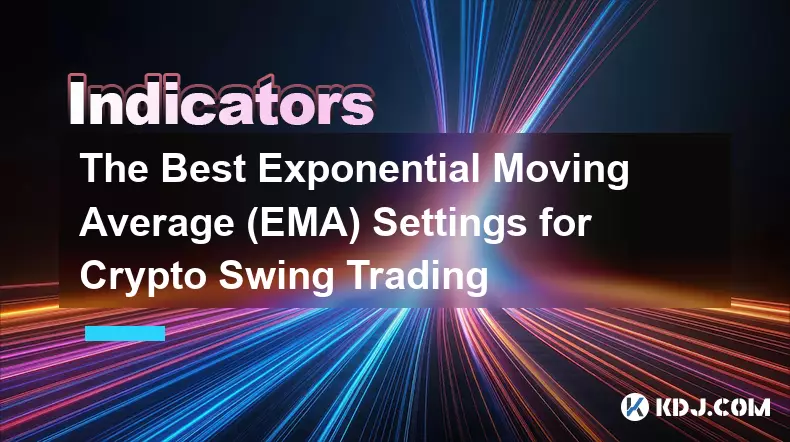
The Best Exponential Moving Average (EMA) Settings for Crypto Swing Trading
Oct 25,2025 at 04:55pm
The Best Exponential Moving Average (EMA) Settings for Crypto Swing TradingSwing trading in the cryptocurrency market relies heavily on identifying tr...
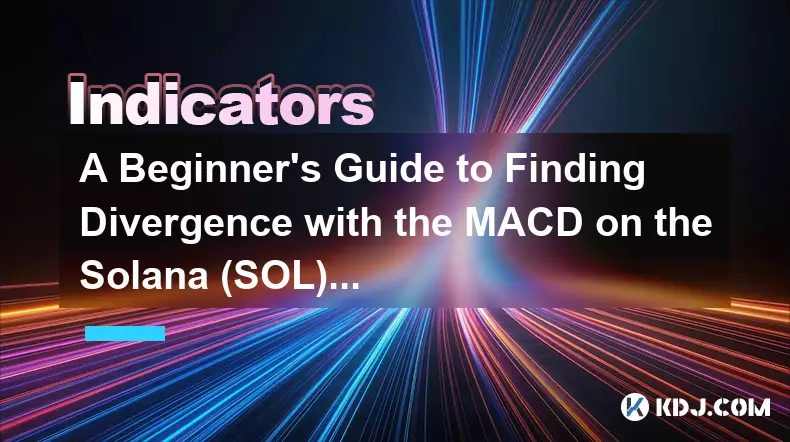
A Beginner's Guide to Finding Divergence with the MACD on the Solana (SOL) Chart
Oct 26,2025 at 12:36pm
Understanding MACD and Its Role in Solana Trading1. The Moving Average Convergence Divergence (MACD) is a momentum indicator widely used in cryptocurr...
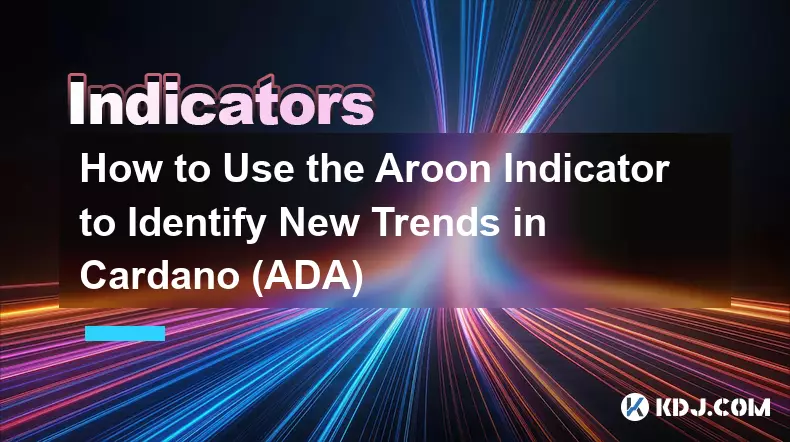
How to Use the Aroon Indicator to Identify New Trends in Cardano (ADA)
Oct 26,2025 at 10:18pm
Understanding the Aroon Indicator in Cryptocurrency Trading1. The Aroon indicator is a technical analysis tool designed to identify whether an asset i...
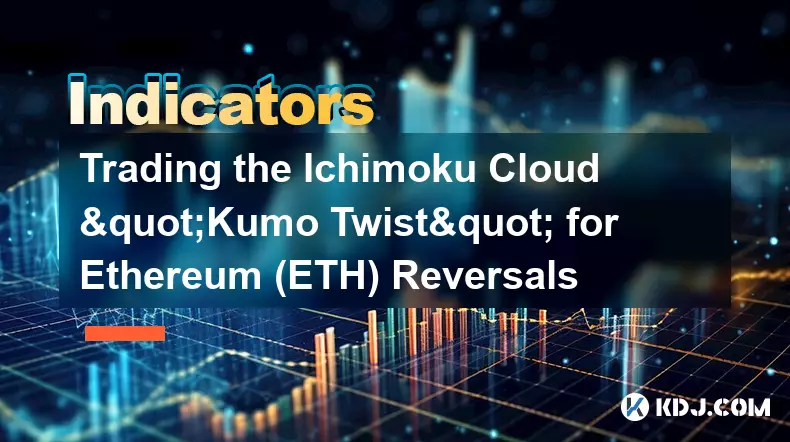
Trading the Ichimoku Cloud "Kumo Twist" for Ethereum (ETH) Reversals
Oct 27,2025 at 01:54am
Understanding the Ichimoku Cloud and Its Components1. The Ichimoku Cloud, also known as Ichimoku Kinko Hyo, is a comprehensive technical analysis tool...
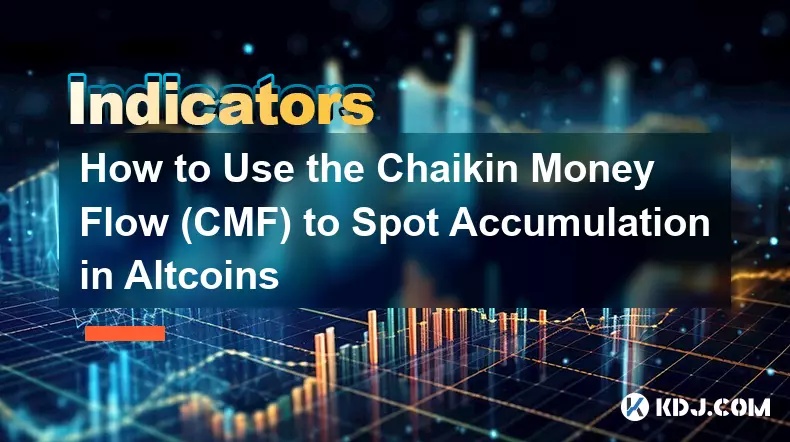
How to Use the Chaikin Money Flow (CMF) to Spot Accumulation in Altcoins
Oct 25,2025 at 08:18pm
Understanding Chaikin Money Flow in the Context of Altcoin Markets1. The Chaikin Money Flow (CMF) is a technical indicator developed by Marc Chaikin t...

How to Trade with the Keltner Channel Indicator on the Ethereum (ETH) Chart
Oct 28,2025 at 08:54am
Understanding the Keltner Channel in Ethereum Trading1. The Keltner Channel is a volatility-based technical indicator that consists of three lines: an...

The Best Exponential Moving Average (EMA) Settings for Crypto Swing Trading
Oct 25,2025 at 04:55pm
The Best Exponential Moving Average (EMA) Settings for Crypto Swing TradingSwing trading in the cryptocurrency market relies heavily on identifying tr...

A Beginner's Guide to Finding Divergence with the MACD on the Solana (SOL) Chart
Oct 26,2025 at 12:36pm
Understanding MACD and Its Role in Solana Trading1. The Moving Average Convergence Divergence (MACD) is a momentum indicator widely used in cryptocurr...

How to Use the Aroon Indicator to Identify New Trends in Cardano (ADA)
Oct 26,2025 at 10:18pm
Understanding the Aroon Indicator in Cryptocurrency Trading1. The Aroon indicator is a technical analysis tool designed to identify whether an asset i...

Trading the Ichimoku Cloud "Kumo Twist" for Ethereum (ETH) Reversals
Oct 27,2025 at 01:54am
Understanding the Ichimoku Cloud and Its Components1. The Ichimoku Cloud, also known as Ichimoku Kinko Hyo, is a comprehensive technical analysis tool...

How to Use the Chaikin Money Flow (CMF) to Spot Accumulation in Altcoins
Oct 25,2025 at 08:18pm
Understanding Chaikin Money Flow in the Context of Altcoin Markets1. The Chaikin Money Flow (CMF) is a technical indicator developed by Marc Chaikin t...

How to Trade with the Keltner Channel Indicator on the Ethereum (ETH) Chart
Oct 28,2025 at 08:54am
Understanding the Keltner Channel in Ethereum Trading1. The Keltner Channel is a volatility-based technical indicator that consists of three lines: an...
See all articles










































































